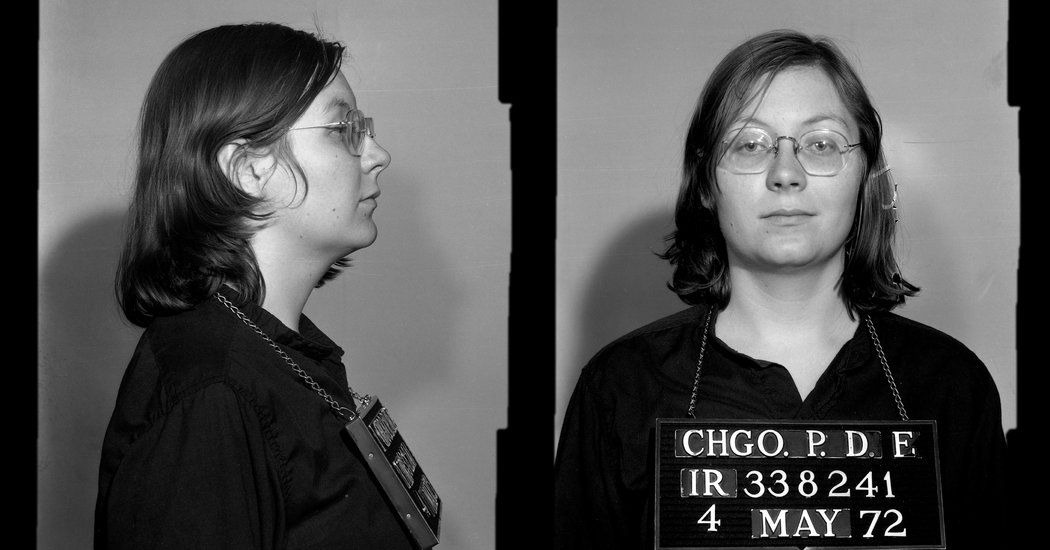
And so she called the network, whose founders proclaimed, “We are for every woman having exactly as many children as she wants, when she wants, if she wants.”
The Janes’ tactics were worthy of a spy novel. A woman seeking to end her pregnancy left a message on an answering machine. A “Callback Jane” phoned her, collected information and passed it to a “Big Jane.” Patients would be taken first to one address, “the front,” for counseling. They were then led, sometimes blindfolded, to another spot, “the place,” where a doctor did the abortion.
That is, if he indeed was a doctor. It turned out that at least one abortionist, while skilled enough, was not a physician, just someone looking for a ready buck. A few of the Janes, Ms. Kaplan said, figured that if he could do it, so could they. And they did, for a lot less. The man’s going rate in the early ’70s went as high as $1,000, equivalent to about $6,500 today. The Janes dropped the price to $100, accepting less if the woman had little money.
In 1972, the Chicago police raided an apartment used by the Janes, and arrested seven of them. In the police van, the women ripped off the sections of index cards bearing their patients’ names and addresses, and swallowed them.
Everything changed, though, on Jan. 22, 1973, when the Supreme Court issued its ruling in Roe v. Wade. Charges against the Janes were dropped. Soon enough, the network disbanded. With abortion now legal nationwide, there seemed no point to it anymore.
But the political, cultural and religious wars over abortion have not ended. Roe v. Wade’s provisions have been steadily chipped away by state laws that ban the procedure after a specified number of weeks, or impose mandatory waiting periods, or effectively forbid online purchases of misoprostol and mifepristone. Most states require that a licensed doctor prescribe the drugs. Many insist that a clinician be physically present when the medications are taken, a mandate that can create hardship for, say, rural women living far from abortion providers.
Despite such barriers, do-it-yourself efforts endure. In 2015 alone, Google had more than 700,000 searches for self-induced abortions, many of them for ways to “buy abortion pills online.”

